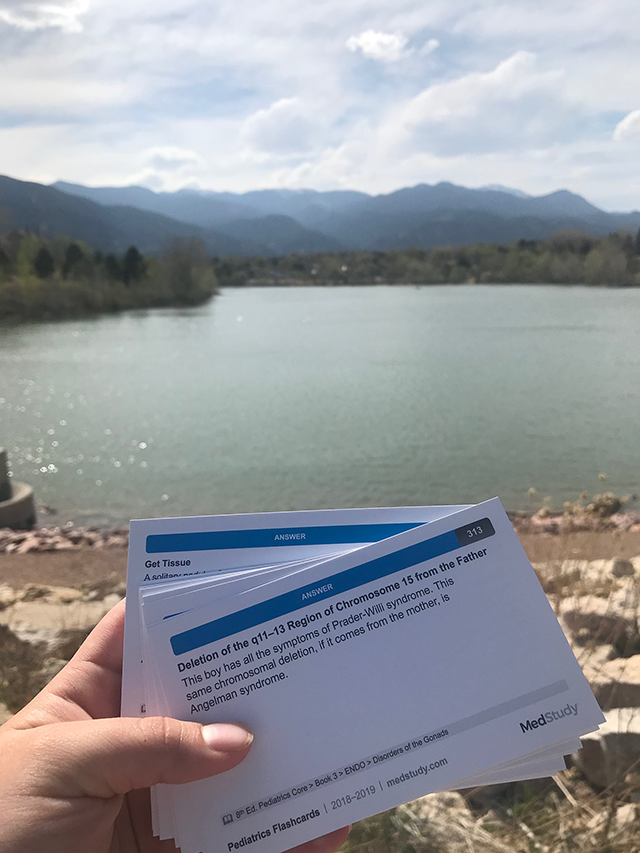
If you always study in the same place, it’s time to change it up. Why? Learning in a variety of environments helps you remember more of what you study. The secret is in retrieval cues.
As explained in a Khan Academy video, retrieval happens when you search your brain for a memory. If you “encoded” the information in a variety of environments, thinking about those places can help you retrieve what you learned. The more “cues” you have for the information, the more chances you’ll have to recall the information successfully. Cues include:
- Sights. Visual cues can be a powerful ally of learning, providing our brains with what learning researcherRobert A. Bjork calls more “neural scaffolding.”
- Sounds. Though not as stimulating to memory as images, auditory cues have been shown to improve recall and engagement.
- Smells are especially evocative of autobiographical memories because the olfactory bulb is uniquely positioned in relation to the amygdala and hippocampus, parts of the brain involved in emotion and memory.
- Emotions are still not fully understood as a trigger of memory, yet research indicates that strong emotions can increase attention to facts and information, which enhances learning.

So long as you’re able to focus in the study locations you choose, variety works in your favor. As study guru Joe the Tutor describes it, “we humans evolved to pair information with location in order to catalogue the world around us. If we found a place on the lake that [had] good fishing, we [remembered] the location. If we found a good patch of berries to eat, we [remembered] the location. Our brains were hardwired to pair images and locations, and these same circuits still power our brains today.”
Research backs this up: A University of Michigan study tested a group memorizing the same 40 words in one location versus two. Those who studied in two locations remembered more. A Texas A&M University study went a step further by combining repetition—studying the same thing over 4 days—with a variety of classrooms. Those who studied over 4 days in 4 different classrooms performed the best. That’s because they experienced spaced repetition—spacing out your study—in addition to a variety of retrieval cues.
Variety also helps when it comes to study topics. Though it may seem harder at the outset, you’ll remember more if you cycle through a handful of topics in one study session, rather than trying to stay with a single topic until you master it. (This “mixed up” study technique, called interleaving, is part of the MedStudy Method.)
If your schedule limits you to a single study location, you can still change it up by rotating where you sit and in which direction you face. Your brain will pick up on these subtle changes during encoding and enrich your memory with additional retrieval cues. The right kind of instrumental background music also multiplies memory cues and may activate brain waves conducive to learning.
Bottom line: When it comes to learning, change is good!


